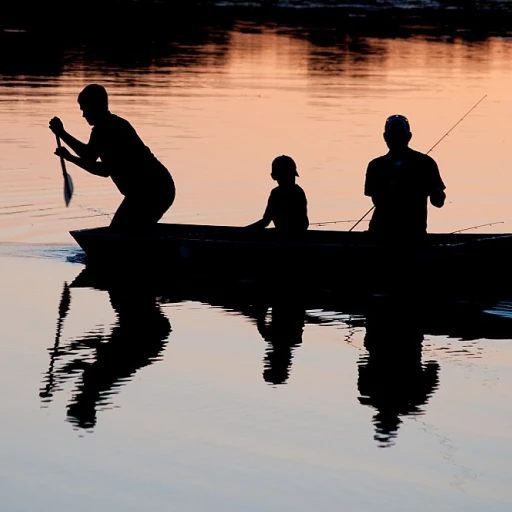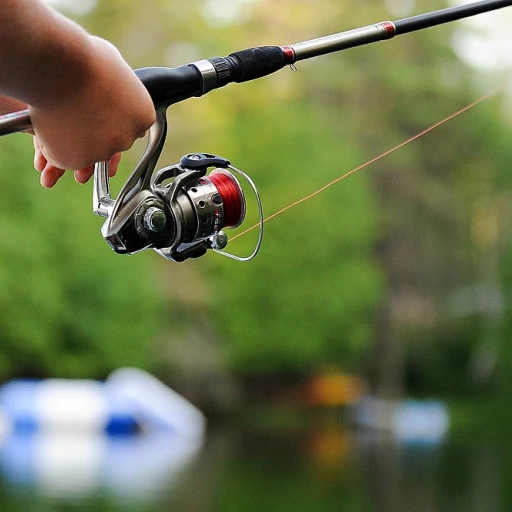
Understanding the essentials of offshore fishing boats
Getting to know your boat
When searching for the best offshore fishing boats, it’s crucial to grasp the basics. Not all boats are created equal, and there's more to it than just picking one that looks good. Offshore fishing boats require specific features and performance capabilities to navigate the open, and sometimes rough, waters of the ocean safely and effectively. Let’s start with understanding what defines an offshore fishing boat. These boats are typically larger than your average bay boats, often ranging from 30 feet (LOA) and up, equipped with deep V-hulls and powerful engines to handle the open sea's unpredictable nature. Center console designs are popular due to their versatility and ease of movement around the boat. Typically, these boats have features like a transom deadrise of around 20 degrees or more, crucial for cutting through waves and providing a more stable ride. A practical example is the celebrated Boston Whaler Conquest, well-regarded for its ability to endure tough conditions, making it a staple among fishing aficionados. Similarly, the Grady-White Canyon is another leading boat in the center console category known for its stability and fishing prowess.Center consoles: the fisher’s favorite
A center console boat is the go-to choice for many offshore anglers, and it's easy to see why. These boats, such as the EdgeWater 280CC, offer unobstructed 360-degree access to the water, crucial when you're battling a big marlin or sailfish. The helm of these boats is located in the center, allowing fishermen to easily maneuver and maintain balance while casting or reeling in fish. It's also common to find these boats equipped with a leaning post and plenty of rod holders, like the Yamaha 275SD, designed to cater specifically to avid anglers. Garmin's advanced fish-finding technology is often incorporated, providing anglers with the tools necessary to locate and catch more fish efficiently.Hull design: cutting through the waves
The hull design is another key element. A double-stepped hull, like those from Michael Peters Yacht Design, enhances hydrodynamics, which means better fuel efficiency and a smoother ride, even in choppy water. The deadrise angle at the transom, often in the range of 20 to 24 degrees, significantly impacts the boat's handling in offshore conditions. The higher the angle, the better it can cut through waves, enhancing the overall fishing experience.Staying efficient: fuel matters
Fuel capacity and management are vital for offshore fishing boats since trips can take you miles from shore. Boats like the Boston Whaler 380 Outrage come with substantial fuel tanks, sometimes exceeding 500 gallons, to ensure you don't run out of fuel during those long fishing excursions. Efficiency is equally crucial; a boat with a well-designed hull can travel more miles per gallon, reducing both travel cost and environmental impact. To know more about fishing amenities and expert insights, stay tuned to the next sections. Each boat’s review is backed by real-world data and input from industry stalwarts like Lenny Rudow and insights from saltwater fishing reports from areas like South Carolina and Florida.Top center console boats for offshore fishing
Boston Whaler and Grady-White: two giants in center consoles
When diving into the world of center console boats for offshore fishing, names like Boston Whaler and Grady-White dominate the conversation. With a legacy spanning decades, these brands have set benchmarks for performance, reliability, and comfort.
The Boston Whaler Dauntless series and the Conquest series are particularly noteworthy. Examples like the Boston Whaler Conquest 325, which features a LOA beam of 10 feet, dual outboards, and a fuel capacity of 285 gallons, showcase why Boston Whalers are favored. It's not just about the build quality; it's about that sense of trust you develop over thousands of miles at sea.
Grady-White, on the other hand, brings its own flavor with models like the Fisherman 236 and the Canyon 456. Featuring double-stepped hull designs and a helm that puts all controls within arm's reach, these boats are a pure delight. The Canyon 456, for example, comes equipped with a gallon livewell of 50 gallons and a transom deadrise of 20 degrees for stability in rough waters.
Fuel efficiency: why it matters
Out on the open ocean, fuel efficiency is crucial. Every gallon counts, which is why brands like Yamaha and Garmin are often mentioned when discussing reliable offshore engines and navigation systems. Yamaha's V6 Offshore models have marked improvements in performance and fuel economy, while Garmin's GPS systems offer precision to avoid unnecessary miles.
Designed for serious anglers
Offshore fishing isn’t just a hobby; it’s a passion. That’s why these center console boats are packed with features that anglers swear by. Rod holders, gallon livewells, and leaning posts are just the beginning. Take the Edgewater 280cc, an exemplary center console, with its 40-gallon transom livewell, and a 220-gallon fuel tank to ensure you’re never sidelined.
Personal stories often resonate deeply. Take Lenny Rudow, a renowned fishing expert, who recounts his experiences with the Everglades 273cc. 'It's not just the fish you catch but the journey you embark on,' says Lenny, emphasizing how the boat’s features can make or break a day out on the water.
Real-world reviews: what the experts say
According to a review by Salt Water Sportsman, the Boston Whaler Outrage 330 has won accolades for its seaworthiness and range. With a 300-gallon fuel tank and a hull designed to slice through waves, it’s no wonder this boat consistently receives positive marks.
Michael Peters, a boat designer known for optimizing hull designs for efficiency, echoes this sentiment, saying, 'The double-stepped hulls provide the necessary balance between speed and stability, which is essential for offshore fishing.'
Brands like Edgewater, Grady-White, and Boston Whaler continue to raise the bar in center console boats, each delivering a unique blend of innovation and tradition, making them standout options for any serious offshore angler.
The role of hull design and transom deadrise
Understanding hull design for a smoother ride
When it comes to offshore fishing boats, one of the aspects that can't be overlooked is the hull design. A boat's hull is literally the foundation that affects its performance in various sea conditions. Take, for example, the Boston Whaler Conquest, formidable with its double-stepped hull. The design of the hull enhances stability and reduces drag, making it an excellent choice for handling rough waters efficiently.
The hull design intricacies go beyond just the type. The Grady White’s SeaV2 hull is another example known for its superior ride quality. The unique variable deadrise offers a smooth transition from the boat’s bow to its transom, ensuring you don't get beaten up by waves during long fishing trips. Michael Peters, a well-respected hull designer, emphasizes that a well-engineered hull design is not just about cutting through waves but also about ensuring energy efficiency.
The importance of transom deadrise
Ever wondered why some fishing boats handle better than others? A significant factor is the transom deadrise, which is the angle of the hull’s bottom at the transom. For instance, an offshore fishing boat with a higher transom deadrise, like 20 degrees, tends to offer better performance in rough waters. The deep V design, often seen in center console boats such as the Yamaha 275 SD, improves the boat’s ability to cut through waves, providing a smoother ride.
However, there's a balance to be struck. A higher transom deadrise usually translates to better handling in choppy waters but can affect fuel efficiency. Lenny Rudow, a renowned boating expert, mentions in his boat reviews that boats like the EdgeWater 280CC blend the right amount of deadrise with a sturdy hull to offer both performance and fuel efficiency.
Fuel efficiency linked to hull design
Beyond stability and ride comfort, hull design plays a role in fuel efficiency. Boats like the Boston Whaler Dauntless and Grady White Canyon 336 have optimized hull designs to maximize fuel economy. These boats can clock impressive miles per gallon, making them not just powerful but also cost-efficient for long fishing trips. A properly designed hull minimizes water resistance, meaning the boat requires less fuel to cover more distance.
According to a study published in the Salt Water Sportsman, boats with well-thought-out hull designs can save up to 15% more fuel compared to traditional hull designs. This becomes crucial when you’re out for long sea fishing adventures where fuel availability may become a concern.
Fuel capacity and efficiency in offshore fishing boats
Why fuel capacity matters in offshore fishing
Fuel capacity is a major consideration when choosing an offshore fishing boat. It's not just about how much gas you can carry; it's about how many miles you can cover. The typical offshore trips mean you're looking at 30 to 60 miles offshore. Your boat needs to have the endurance for these long hauls. A 150-gallon fuel tank is often recommended for these distances to ensure you don't get stranded in the middle of your fishing trip.
Take the Grady White Freedom 275, for instance. With a 180-gallon fuel capacity, it's designed for extended trips and rough waters, so you can focus more on reeling in the big ones rather than worrying about refueling. This boat's double-stepped hull also pushes the boat to plane faster, efficiently cutting through the water, thus saving fuel.
Max fuel efficiency: a game changer
Efficiency isn't just about the size of the gas tank; it's also about how far you can go per gallon. Newer models excel at fuel efficiency, and it's smart to consider boats with modern outboard engines. The Yamaha F300 is a popular choice among offshore anglers. According to data from Boat Test, this engine on a 24-foot center console can net you around 2.2 miles per gallon. That's impressive for long offshore runs.
Michael Peters, a naval architect, points out that hull design and transom deadrise angles also influence fuel efficiency. Boats with a deeper V (around 21-degrees) and double-stepped hulls often cut through water more efficiently, reducing drag and improving fuel economy.
Reliable fuel gauges: non-negotiable
Unreliable fuel gauges can be your worst enemy. Imagine planning a weekend in the Atlantic, off the coast of Florida, without a dependable fuel gauge. GPS systems from companies like Garmin now offer integrated fuel management systems that track mileage per gallon live. This feature's help you make real-time decisions about when to head back to shore.
Fishing enthusiast and boat reviewer, Lenny Rudow highlighted the importance of smart fuel management systems during his test run on the Boston Whaler 330 Outrage. The boat's fuel data integration with Garmin equipment ensured that the 300-gallon fuel capacity was used optimally, making it a reliable choice for deep-sea fishing adventures.
Your fishing style impacts fuel use
Not every fishing trip is the same, and different styles of fishing affect fuel use. If you're chasing marlins off the coast of Texas or trolling in Miami's waters, you need different fuel strategies. Combat this by planning stops and knowing your route. These strategies, combined with choosing a boat with sound fuel capacity and monitoring systems, can make or break your fishing excursions.
Fishing amenities and features to consider
Essential fishing amenities for offshore adventures
When you're out in the open ocean, having the right fishing amenities on your boat can make all the difference between a successful day and a frustrating one. One of the critical features to look for is a gallon livewell. This tank keeps baitfish alive and fresh, and its size can significantly impact your fishing experience. Many experts, including Lenny Rudow, emphasize the importance of a livewell of at least 30 gallons for serious offshore fishing. It's crucial to maintain water quality and keep your bait in top condition for longer periods.
The next feature to consider is the number and placement of rod holders. You'll need multiple rod holders around the boat to accommodate different fishing strategies and to keep your deck organized. Center console boats, like those from Boston Whaler and Grady White, typically come with several integrated rod holders. It's worth noting that flexibility in customization, with options for additional rod holders, can significantly enhance your setup.
Don't overlook the storage compartments on your boat. Proper storage for tackle, bait, and personal belongings ensures a clutter-free and efficient workspace. Manufacturers like Edgewater and Everglades have models that offer ample storage solutions. For example, the Grady White Canyon 456 boasts an impressive array of storage spaces, catering to different fishing gear and equipment.
Comfortable and functional seating solutions
Comfort is key during long hours offshore, and your boat's seating arrangement plays a huge role. A well-designed leaning post can provide support during high-speed runs and allow for a comfortable fishing stance. The Boston Whaler Conquest 315 includes ergonomic seating that combines comfort with functionality, ideal for prolonged trips.
Additionally, adjustable bolster seats at the helm and transom seats are essential for accommodating different fishing activities. Whether you're navigating choppy waters or settled in for an extended fishing session, versatile seating adds to the overall fishing experience.
The importance of high-tech gadgets and reliable gear
Incorporating technology into your fishing boat can vastly improve your success rate. Investing in high-quality electronics, such as those from Garmin, can enhance your navigation and fish-finding capabilities. Many modern boats come equipped with advanced fish finders, GPS, and radar systems to assist in locating schools of fish and potential hazards.
Equally important is having robust and reliable gear on your boat. From sturdy rod-and-reel setups to durable coolers for storing your catch, ensure that everything you bring on board is built to withstand the marine environment. Expert anglers like Michael Peters often recommend gear that doesn't cut corners on quality, as offshore conditions can be unforgiving.
Feedback from the pros and diving into reviews
To get a more hands-on perspective, looking at boat tests and reviews can be invaluable. Angling experts, including Lenny Rudow and Michael Peters, frequently provide insights into different boat models and their performance in offshore conditions. It's beneficial to read reviews and watch boat tests to gain an understanding of how a boat handles in various scenarios.
Engage with other anglers in forums or fishing communities for firsthand experiences; these narratives can offer practical and relatable advice. Across platforms like Salt Water Sportsman and regional forums from Texas to Florida, you'll find useful discussions about models, setups, and personal stories that can aid in making an informed decision.
As you join the ranks of seasoned anglers, remember that the right amenities and features are fundamental to enjoying a productive and enjoyable offshore fishing adventure. Consider every aspect, from livewells to leaning posts, and prioritize reliability and comfort to enhance your fishing expeditions.
Expert insights and boat reviews
Answers from the boat masters
When searching for the best offshore fishing boats, consulting expert opinions and boat reviews can save a lot of guesswork. Top names in the industry like Lenny Rudow and Michael Peters have shared valuable insights on what makes a fishing boat exceptional.
For example, Lenny Rudow, a respected authority in the marine sector, often emphasizes the importance of hull design and its impact on boat performance. According to Rudow, “A double-stepped hull provides better fuel efficiency and allows for higher speeds with less power usage compared to a traditional hull design” (Source: Fishing World).
Michael Peters, known for his visionary boat designs, stresses the role of transom deadrise in the stability and smoothness of the ride. Peters remarks, “A deadrise angle of around 20 degrees at the transom ensures that the boat can handle offshore conditions well” (Source: Boat Test).
Hands-On Reviews and Statistics
Comprehensive boat reviews by enthusiasts and professionals provide real-world perspectives. For instance, the Boston Whaler Conquest and Grady White Canyon consistently receive high marks for their reliability and durability (Sources: Salt Water Sportsman and Center Console Life).
One notable review comes from Lenny Rudow, who praised the Boston Whaler Dauntless 270. Rudow noted, “This center console boat isn’t just rugged, it also offers impressive fuel efficiency with a 200-gallon fuel capacity, making it perfect for long-haul fishing trips” (Source: Boat Test).
Touchdown Tidbits
Some particular stats that stand out include:
- Boston Whaler Conquest: Recognized for its sturdiness and has about 24 degrees transom deadrise, suitable for rough offshore waters. (Source: Boston Whaler)
- Grady White Canyon 336: Known for a spacious, comfortable deck and large fish boxes, making it ideal for extended fishing sessions. (Source: Grady White)
With this treasure trove of validated data and insights from experts, choosing the best offshore fishing boats becomes a simpler, more informed decision. Personalizing your choice based on these expert evaluations can ensure that your next adventure on the open waves is both enjoyable and successful.

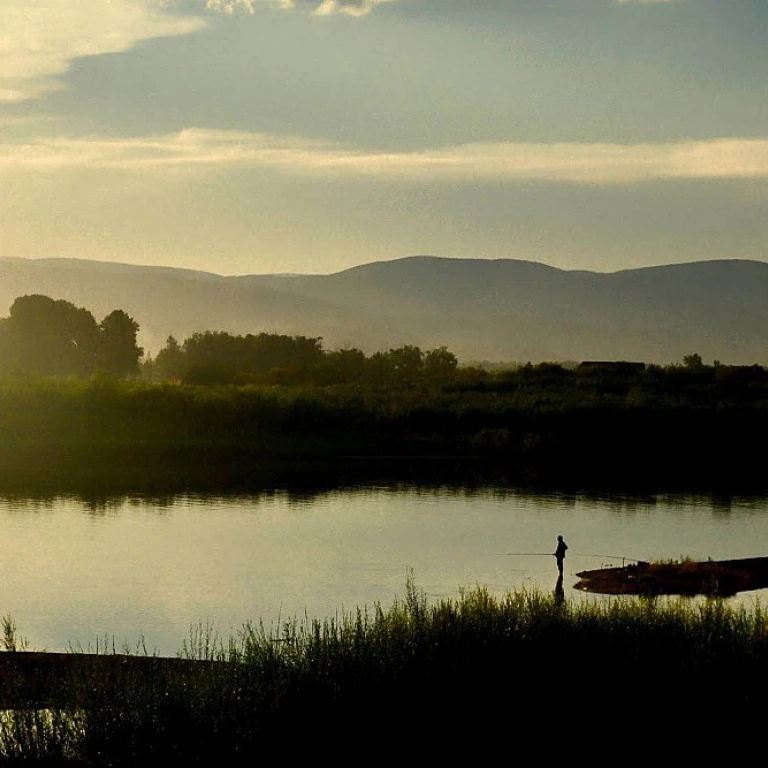
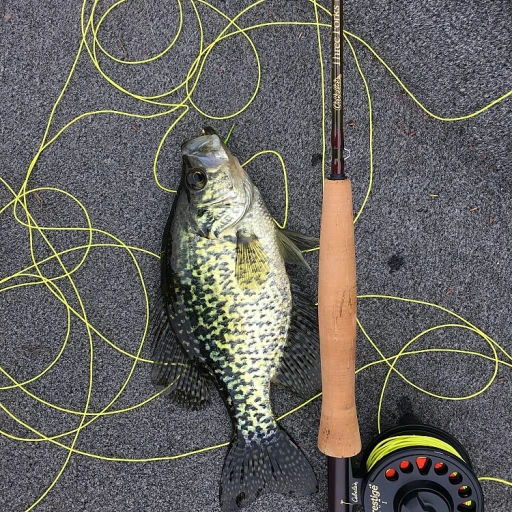
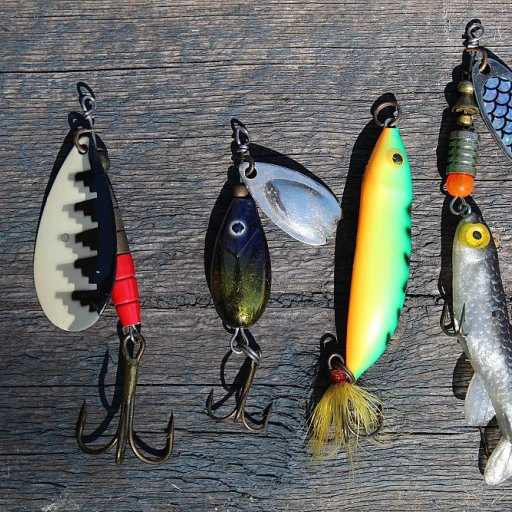


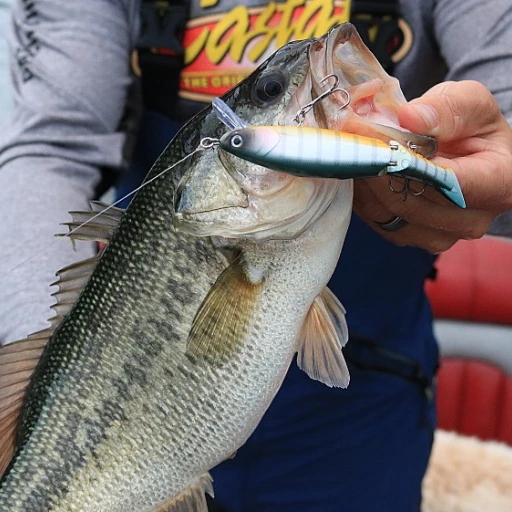
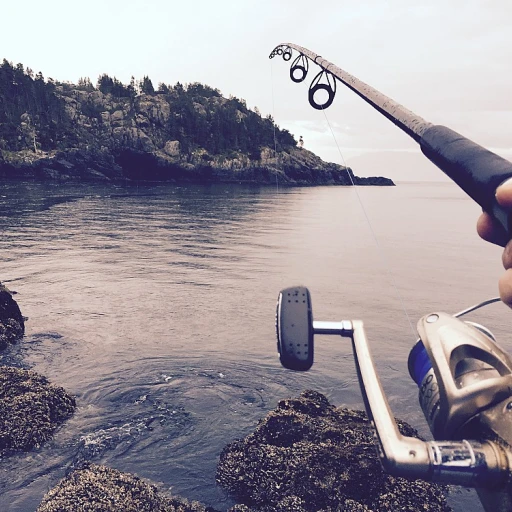
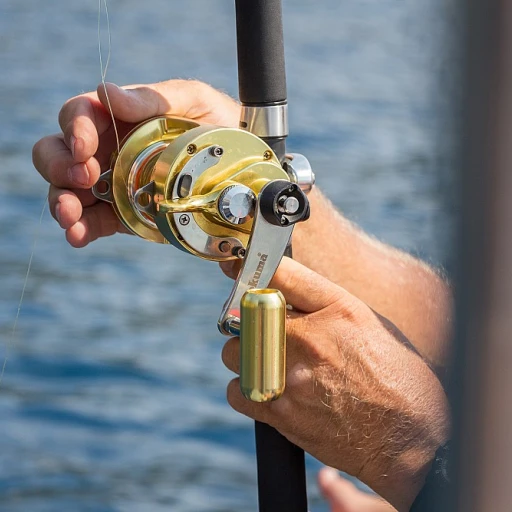
-large-teaser.webp)
